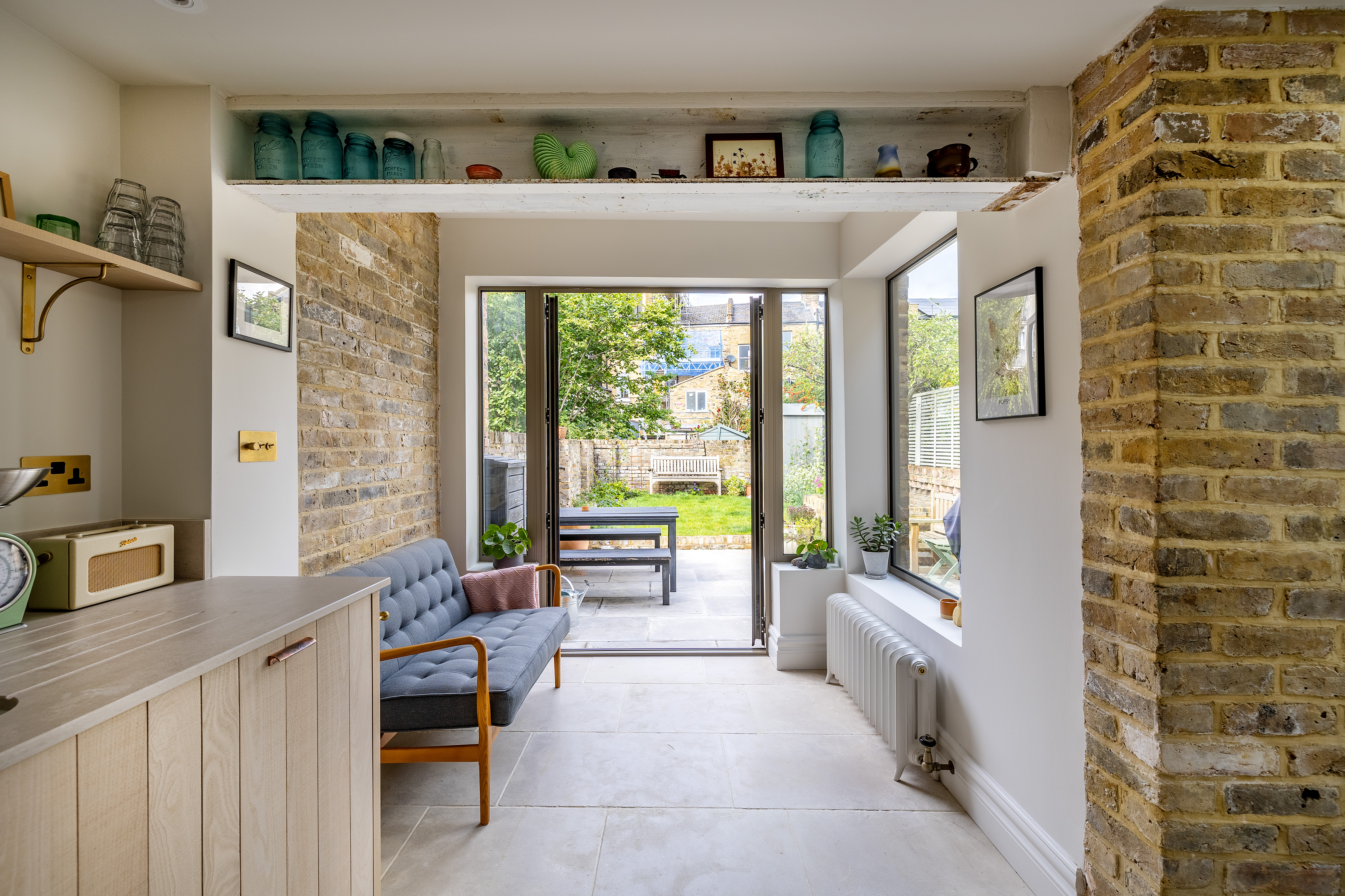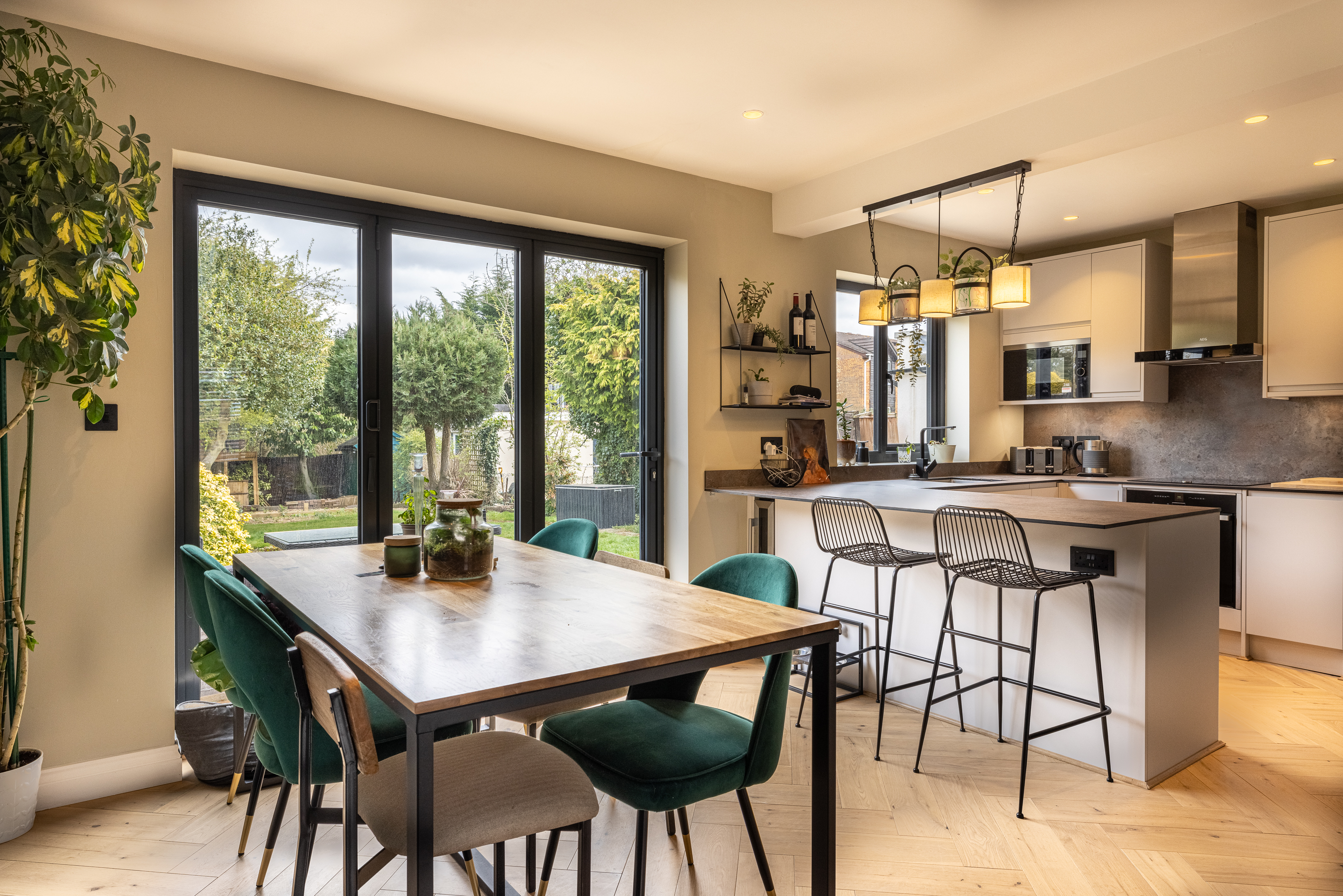5 Tips for Planning a Victorian Home Extension
- 20-10-23
- min read
- Blog
Some 6 million homes were built in Queen Victoria’s reign, the biggest building boom in British history.
Victorian homes range from grand detached and semi-detached properties to classic compact terraces.
The good news is, extending a Victorian home is perfectly possible.
Read on to discover our 5 tips for planning a Victorian home extension.
The most common type of Victorian home is the Victorian terrace. Period terraced homes often feature a side return at the rear of the property.
This often-unused alleyway between the side of the house and the boundary is ideally suited to extending. They may also have rear space for constructing rear extensions. It’s possible to combine the two, called a wrap-around extension.
Of course, there are other types of Victorian property, such as semi-detached and detached homes, large mansions and so on, but many Victorian homeowners are city terrace owners.
Victorian properties may have been modified in various ways since construction, but some remain virtually unchanged and are protected by law. The City of London has 27 conservation areas, for example.
Here’s an example of a side return extension at the rear of a terraced period home in SE13.

What are the benefits of side return extensions for Victorian terraces?
Increased living space: Side return extensions are an excellent way to add valuable square footage to your home, providing additional living, dining, or kitchen space. Since the side return is often disused, it’s ideal for extending without unduly affecting a garden or courtyard.
Enhanced natural light: By incorporating large windows or bi-fold doors into the design, side return extensions can significantly increase the amount of natural light in your home. Skylights can also be inserted into the ceilings, as seen in the example below.
Improved property value: A well-designed side return extension can add significant value to your home, making it a worthwhile investment for homeowners looking to maximise their property's potential. Stats show that extensions can boost home value by 10 to 20%, and extra space may be a premium in high-demand city districts.
Opportunity to renovate: Building a side return also provides an opportunity to extend out into the garden too (i.e. a rear extension). Combining a side return and rear extension is often called a wraparound extension and can add over 25m to the floorspace of a terraced home.
While side return extensions are ideally suited to Victorian and other period terraces,DesignTeam has worked with larger semi-detached and detached Victorian properties.

For example, this project for a client in Therapia Road, East Dulwich, involved adding a significant rear extension to the property. The extension was sensitively designed to maintain continuity with the house, a 6-bed detached Victorian property.
Adding an extension to a Victorian home can be an exciting yet challenging endeavour.
Victorian architecture, known for its intricate details, high ceilings, and ornate mouldings, requires careful planning to ensure that the extension complements the existing structure.
Even smaller terraced Victorian homes have their own quirks, though many have been modified since WW2.
Assess the space and potential
Before planning your side return extension, assessing the available space and potential for expansion is vital.
Consider factors such as the width and length of the side return, any potential obstructions, and how the extension will impact your garden or outdoor space.
This will help you determine the project's feasibility and whether it will meet your needs for additional space. It may also be an ideal opportunity to rethink the downstairs of your home, possibly even adding an extra bedroom towards the front of the home.
Choose a complementary design
To ensure seamless integration with your existing home, choose a design for your side return extension that complements the property's architectural style.
This may be necessary for obtaining Planning Permission, e.g. if the home is built in a conservation area or somewhere protected by an Article 4 direction restricting development.
It’s often recommended (or necessary) to use similar materials, finishes, and design elements as the original home to maintain a cohesive appearance. For example, Build Team laid reclaimed Victorian floorboards for a client’s project in East Dulwich, resulting in a seamless transition between the original and new parts of the property. Read the case study here.
Maximise natural light
One of the benefits of a side return extension is the opportunity to increase the amount of natural light in your home.
Incorporate large windows, skylights, or bi-fold doors into your design to boost natural light.
This will create a bright and airy atmosphere and help make the space feel larger and more inviting.
Consult with professionals
A successful side return extension requires the expertise of various professionals, including architects, builders, and structural engineers.
Consult with experienced professionals, like Design Team, who have a proven track record of working on similar projects.
We’ll help you navigate the design, planning and construction process and can manage the planning process for you, which is vital to ensuring you get the most out of your home’s potential.
Obtain permission
Permissions include Lawful Development Certificates (LDCs) – for projects that fall under Permitted Development – or Planning Permission.
You’ll also need to consider Party Wall Agreements if the extension involves work on a shared wall with a neighbouring property.
Since most side return extensions aren’t covered by Permitted Development Rights (PDRs), Planning Permission is usually required.
In most cases, London and other city councils have a healthy appetite for homeowner development, but it’s important to provide detailed plans and documentation to support the process.
A side return extension can be a transformative project, adding valuable additional living space to Victorian properties.
From side return extensions to wrap-around extensions and rear extensions, there are many ways to expand terraced and detached Victorian properties.
Design Team has a comprehensive portfolio of successful projects involving Victorian homes.
If you want to learn more about Design Teams Victorian extension services, book your free design consultation today.
Book a free Design Consultation with one of our team to discuss your project in more detail.

19-02-24 5

19-02-24 5
.jpg)
17-01-24 5